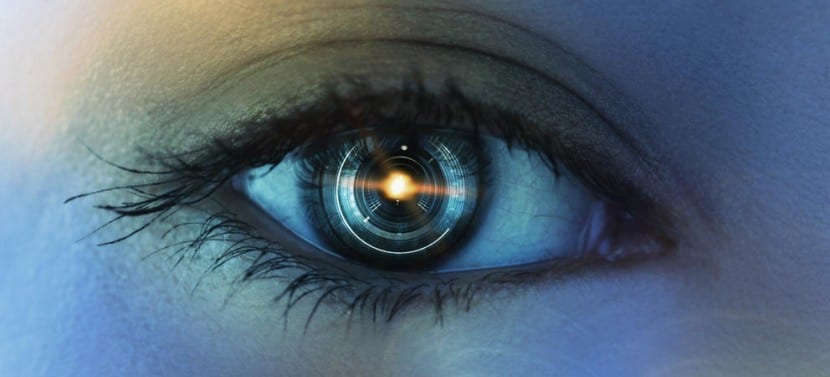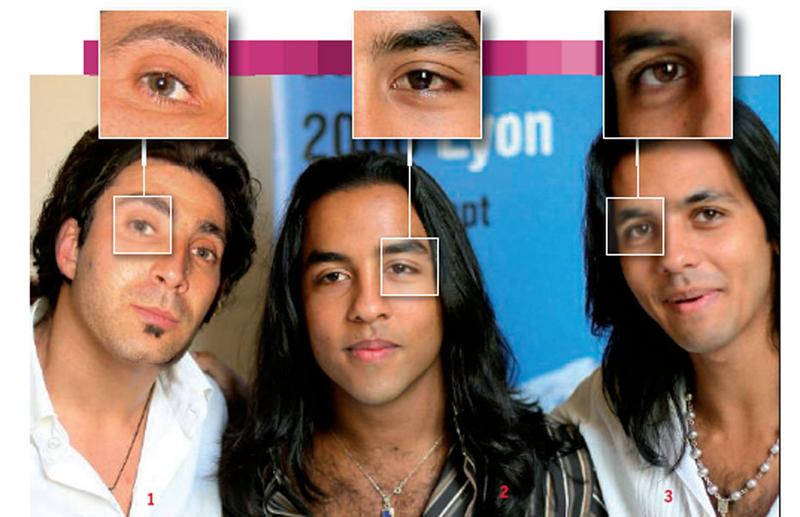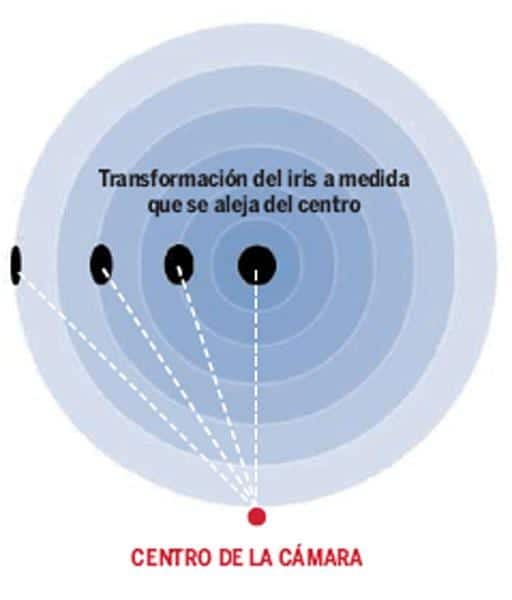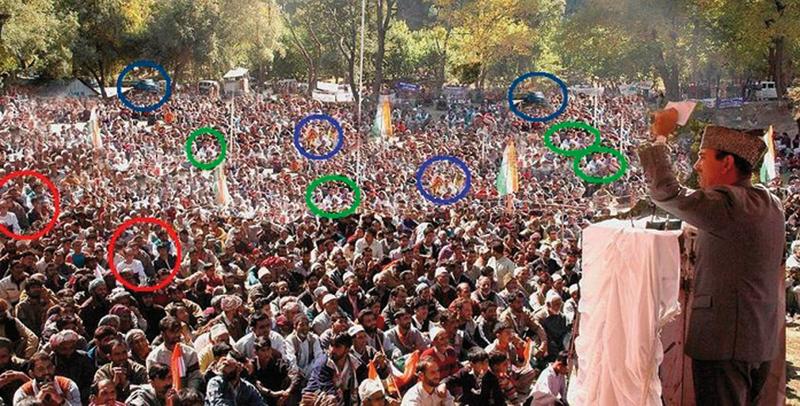
Today there are very efficient techniques to manipulate and edit images, however if we study the graphic document that is put before us we can easily determine if it has been digitally manipulated or edited. Although there are many indicators that are used to study the images, today I share with you three infallible tricks to identify fake images.
Fortunately, there are certain details that either cannot be addressed, or if they can, they are generally overlooked due to carelessness or ignorance. These telltale factors are the specular lights, glances and study of patterns.
Illumination: Specular lights as a telltale factor
Lighting is the most telling factor that exists because in many cases it is simply impossible to manipulate it and in others it is overlooked by the designer. There are many areas where that light can be reflected or reflections that are difficult to treat such as hair or eyes appear. In fact, the look is one of the most faithful indicators that exist to verify the veracity or not of an image and it is very useful especially when we are faced with group compositions and susceptible to retouching. We are talking about specular lights, which are those that are reflected in the eyes, giving us exact information about the location and origin of the light source. There is something clear that we can deduce from these lights: If our protagonist has moved in relation to the light source the reflection will also do it and for example if our character has moved to the right the reflection of his gaze will do it in the opposite direction , that is to say to the left. Here is a very clear example (an image published in a magazine) in which by simply analyzing the gaze of our characters we can easily deduce that it is a photo montage and we can also affirm it with complete confidence.
As you can see, the reflections appear oriented differently with respect to the camera. For there to be graphic coherence, all specular lights should appear in the same area of each eye since they are in an identical situation with respect to the light source. (For there to be differences in the specular lights of each of them, there should be a considerable distance between all of them). In this case, while the gazes of the central character and the one located in the right area have a similar specular light to that of the character in the left area, it does not reveal that the latter has been artificially integrated together with both.

The reflections on objects and people provide us with a large amount of information and this largely depends on the orientation and also the distance. When all the objects and characters have reflections with the same orientation, there is a greater chance that it has not been retouched, however when this is not respected we are faced with digital manipulation. In this second example we find a great light level decompensation in each of the characters. If we observe the light from the lamp we will see that it is reflected in the window and also in the sofa, but nevertheless it does not do so in the children's hair (except for the one in the central area). Neither do we find the reflections of the kings in the window and we also see how Juan's hand, which holds his sister, mysteriously disappears.

Looks and camera orientation
Another good clue to identify a retouched image is the iris. This part of the eye appears round when it is located in the center of the eye, but as it moves outwards it begins to appear in the shape of an ellipse. When an eye looks at the camera and is not in the compositional center, it must present an ellipse-shaped structure, in cases where this does not happen we will be facing an image that has been manipulated.

Patterns and repeats
Sometimes it is enough to analyze in detail all the elements that make up the composition. Especially in photographs of mass events or where a large number of people or elements appear, cloning is usually used as a massification resource. This technique consists of duplicating areas of our image to create a sensation of density and is unfortunately often used for political purposes to manipulate the perception of certain acts. Here is an example: At a political rally in India attended by few people, the technique was used to "sell" a success in the event to the public opinion and thus give greater force to the politician in question. This, which seems quite evident to us now, often goes unnoticed. Then I leave you with the example where the cloned areas have been marked with colors.
